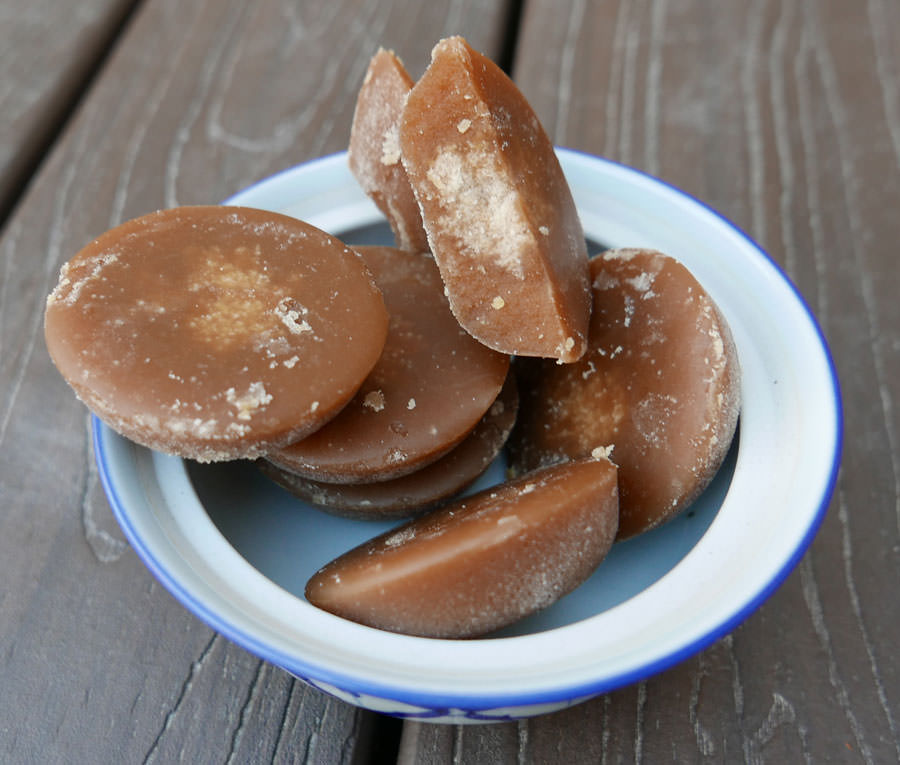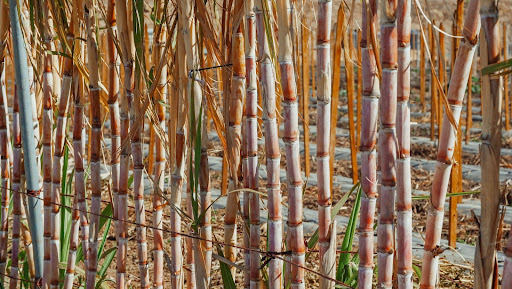Cane Sugar Processing: Conventional Methods and Modern Innovations
Cane Sugar Processing: Conventional Methods and Modern Innovations
Blog Article
Checking Out the Comprehensive Tips Included in Walking Stick Sugar Handling From Gathering to Refinement
The process of walking stick sugar production incorporates a series of detailed actions, starting with the careful harvesting of sugarcane and finishing in the refinement phases that ensure the end product satisfies sector requirements. Each stage, from the extraction of juice to the filtration and condensation procedures, plays an essential role in determining the high quality and personality of the sugar. Comprehending these phases not only highlights the intricacy of sugar manufacturing yet additionally increases critical concerns about effectiveness, sustainability, and innovation in the market. What implications do these aspects have for future practices?
Gathering Sugarcane
Harvesting sugarcane is a vital action in the walking stick sugar handling chain, as it directly affects the high quality and return of the end product. Correct timing and techniques are vital throughout this stage to make certain optimal sugar web content and minimize losses. Generally, sugarcane is harvested when it reaches maturity, usually 12 to 18 months after growing, identified by a high sucrose focus.

Post-harvest, the sugarcane should be processed promptly to protect against sucrose deterioration. Ideally, gathered walking cane needs to be delivered to processing facilities within 24 hours to maintain sugar top quality. Consequently, efficient logistical planning is important to preserve the stability of the gathered plant throughout the supply chain.
Extraction Refine

The smashed walking cane goes through a series of pushing operations to make the most of juice recovery. Generally, warm water is sprayed onto the smashed walking cane, producing a countercurrent circulation that helps liquify the sugar while also helping in the removal process. The juice collected from this operation contains not only sugar yet additionally various organic substances and impurities.
:max_bytes(150000):strip_icc()/canesugarBURCUATALAYTANKUT-42971cd7f8b84b4fb756984c18728339.jpg)
To improve extraction effectiveness, some facilities may employ diffusion approaches, where the sugarcane is taken in hot water, enabling the soluble sugars to diffuse into the fluid. The resulting juice, rich in sucrose, is then directed to subsequent handling stages, laying the structure for purification and refinement. The removal procedure is thus pivotal in figuring out the quality and yield of the last sugar product.
Purification Strategies
The filtration methods used in cane sugar processing are important for changing the raw juice into a high-grade sugar product. These methods largely aim to remove pollutants, such as dirt, plant products, and not natural substances, which can negatively influence the end product's taste and color.
One of one of the most common filtration techniques is explanation. This process entails adding lime and heat to the raw juice, which assists in the coagulation of impurities. The resulting precipitate is then eliminated through sedimentation or purification, yielding a more clear juice. In addition, the use of phosphoric acid can boost the information procedure by more binding contaminations.
Another substantial method is carbonatation, where carbon dioxide is introduced to the clarified juice. This reaction creates calcium carbonate, which catches staying pollutants and advertises their removal.
In addition, triggered carbon treatment may be related to adsorb any type of staying colorants and natural impurities, guaranteeing a much more polished item. The combination of these methods efficiently prepares the sugar juice for subsequent action in the refining procedure, setting the phase for the production of high-quality walking stick sugar.
Condensation Approaches
After the purification stage, the following important step in walking stick sugar handling involves condensation techniques, which play a crucial function in changing the made clear juice into solid sugar. This procedure typically utilizes two primary techniques: spontaneous crystallization and controlled formation.
In spontaneous crystallization, supersaturated sugar services are allowed to cool naturally, leading to the formation of sugar crystals over time. This method permits for the consistent development of sugar crystals and higher purity.
During formation, the made clear juice is focused via dissipation, raising its sugar web content till it reaches supersaturation. When this point is achieved, either method can facilitate the formation procedure. Cane Sugar Processing. The resultant sugar crystals are then separated from the remaining syrup through centrifugation
Inevitably, the selection of condensation technique impacts the quality, dimension, and pureness of the last sugar product, making this action crucial in the total walking stick sugar processing treatment.
Refinement and Product Packaging
Just how can the purity and top quality of cane sugar be additionally enhanced after formation? The check this improvement process plays a critical role in accomplishing high-quality walking stick sugar.
Following, the sugar is subjected to a process called centrifugation, where it is rotated at high rates to separate the cleansed sugar crystals from the continuing to be liquid. After centrifugation, the sugar is usually additional improved with an approach called carbonization or phosphatation, which utilizes triggered carbon or phosphoric acid to remove color and off-flavors.
Once fine-tuned, the sugar is dried out to achieve the desired wetness web content, guaranteeing that it continues to be secure during storage space and transport. The last step involves product packaging the polished sugar in moisture-proof and airtight containers to keep its top quality and stop contamination. Cane Sugar Processing. Correct packaging not just expands service life however also helps with very easy handling and distribution, making sure site here that customers receive sugar that meets the greatest requirements of pureness and high quality
Final Thought
The thorough actions involved in walking stick sugar handling, from the thorough harvesting of sugarcane to the intricate refinement and packaging stages, emphasize the relevance of each stage in making certain high-quality sugar manufacturing. Optimum harvesting strategies, effective extraction methods, and rigorous filtration procedures collectively add to the last item's pureness and stability. The crystallization and succeeding product packaging methods even more enhance the honesty and rack life of the sugar, highlighting the complexity and precision integral in this essential farming market.
The process of walking cane sugar manufacturing encompasses a collection of complex steps, starting with the mindful harvesting of sugarcane and culminating in the refinement phases that guarantee the last product meets sector requirements. Preferably, gathered cane needs to be delivered to processing centers within 24 hours to protect sugar quality.In spontaneous condensation, supersaturated important site sugar services are permitted to cool normally, leading to the formation of sugar crystals over time - Cane Sugar Processing. The refinement procedure plays an important role in attaining premium cane sugar.The thorough steps entailed in cane sugar handling, from the careful harvesting of sugarcane to the intricate improvement and packaging phases, highlight the importance of each stage in making sure premium sugar production
Report this page